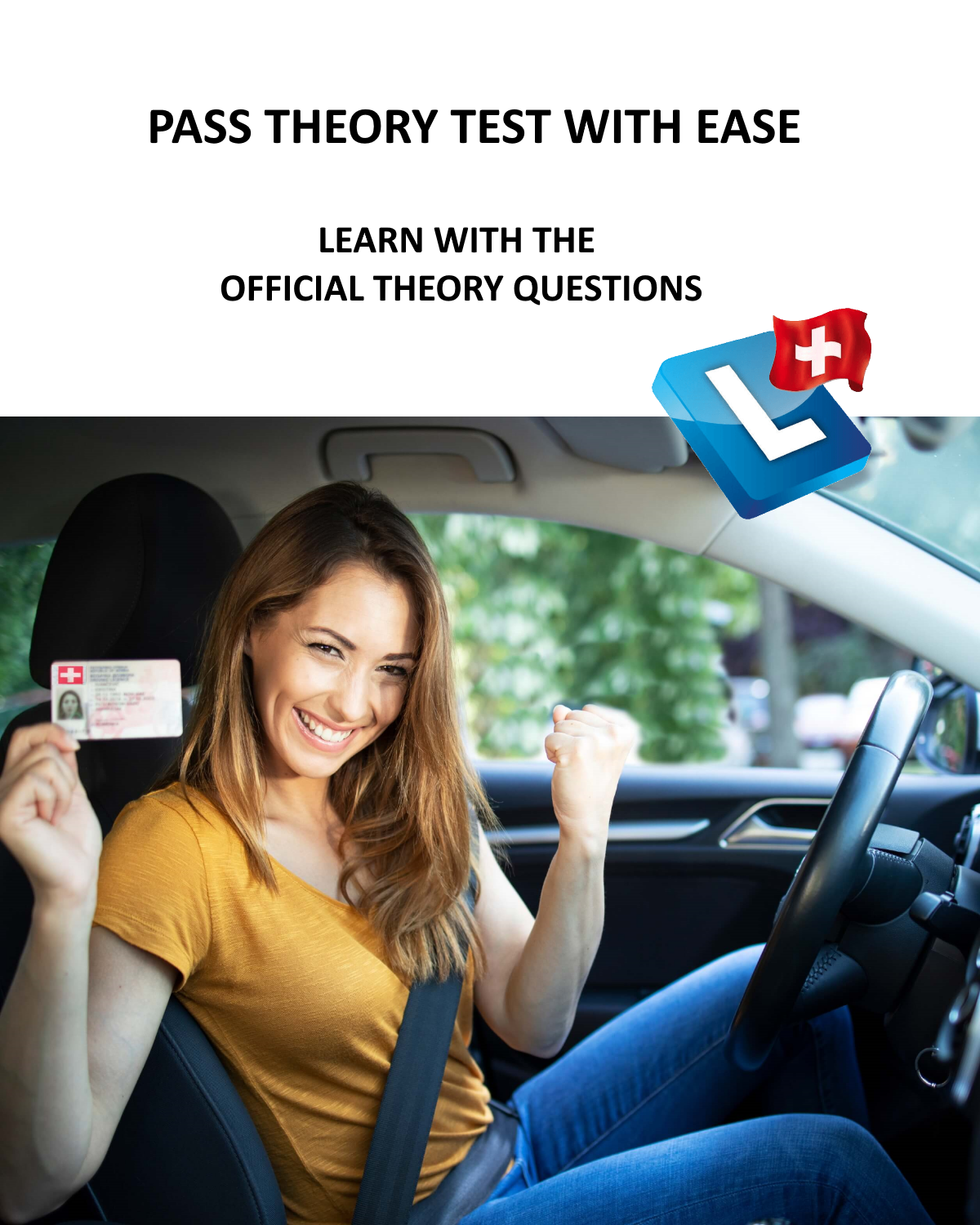Vehicle lighting
Driving with lights on during the day has been compulsory in Switzerland since 1 January 2014. This measure applies to all motor vehicles, including two-wheelers.
The fog lights and the cornering lights may only be used in fog, driving snow or heavy rain and at night when driving on winding roads
The rear fog lights may only be used when visibility is less than 50 m due to fog, driving snow or heavy rain
Flashing warning lights may only be used to warn of danger on a stationary vehicle in addition to the breakdown signal and on a marked school bus when letting pupils on and off the bus.
Warning lights on moving vehicles may only be used to warn of hazards, namely of an unexpected accident scene, a vehicle traffic jam or on motorways and highways when towing.
High-beam headlamps must illuminate the road adequately at a distance of at least 100 metres. Their illumination must be indicated to the driver by an easily visible indicator light.
Dipped headlights must adequately illuminate the road at a distance of at least 50 m (asymmetric 75 m).
Trailers must be fitted with two rear lights, two brake lights, one control plate light, if a control plate is required, and two triangular reflectors at the rear.
When driving in the dark, make sure that it is possible to stop within sight, especially after switching from high beam to low beam.
If dazzled by oncoming traffic, look towards the right-hand side of the road, not into the lights of oncoming traffic. It is essential to reduce speed.
The dipped headlights on motorbikes, small motorbikes and motor-assisted bicycles should also be switched on during the day.
When stopped for long periods of time by traffic, especially in front of level crossings, switch to parking lights.
When driving behind each other and when reversing, the main beam lights must be switched to dipped beam.
Vehicles parked in parking areas or in areas with sufficient street lighting do not have to be illuminated.
The lights must be operated in such a way that no one is unnecessarily dazzled.
The vehicle must be illuminated as soon as other road users would otherwise not be able to see it in time.
Trailers and towed vehicles must be illuminated at the same time as the towing vehicle. Parked motor vehicles must be illuminated with the parking and tail lights. Motor vehicles without parking lights, except single-track vehicles, may only be parked on the carriageway where they are sufficiently
be parked on the roadway where it is sufficiently illuminated.
When driving, the main or dipped headlights must be used.
In built-up areas, however, the main beam lights shall be dispensed with wherever possible.
When driving in fog, snow or heavy rain, the fog lights or dipped headlights must be used, even during the day.
The main beam lights must be switched to dipped beam in good time, but at least 200 m before crossing another road user or an oncoming train alongside the road.
The main beam lights shall be switched to dipped beam immediately if an oncoming driver requests this by switching his own main beam lights on and off.
Visibility is particularly poor at night and in the rain. Drive appropriately. Beware of dark-clad pedestrians and unlit bicycles.



